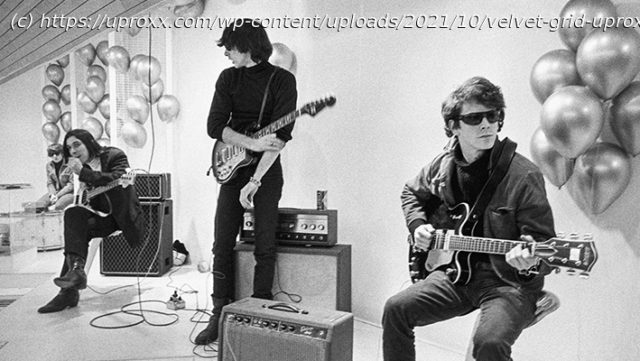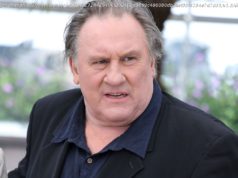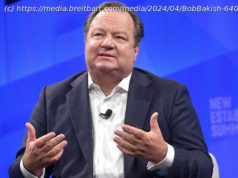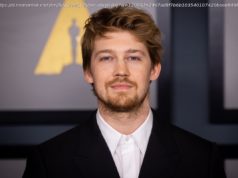Todd Haynes’ film about the iconic 1960s band is a snapshot of a time when art could still be fleeting.
Does any musical act have a greater disparity between the number of words written about them and the number of people who actually got to see them than The Velvet Underground? Big Star? Possibly, though Alex Chilton was never as famous as Lou Reed. Robert Johnson? Likely, though the iconic bluesman lived during a pre-historic media age. The Velvet Underground, meanwhile, existed in an era of exploding youth culture typified by legendary 1960s rock bands like The Beatles, The Rolling Stones, The Beach Boys, and The Grateful Dead. In time, the Velvets came to be viewed as one of rock’s most influential and acclaimed bands. But those other luminaries also left behind a wealth of video footage captured during their respective primes that helps us to understand why they’re considered important. For instance, Peter Jackson’s forthcoming three-part Beatles documentary for Disney+, Get Back, is culled from more than 60 hours of unreleased footage. And that’s for the making of an album John Lennon once called the “shittiest load of badly-recorded shit — with a lousy feeling to it — ever.” Even that part of Beatles history is exhaustively documented. As for the unimpeachable Velvet Underground, precious little live footage is known to exist 50 years after Lou Reed exited the band, which effectively ended their short but illustrious three-year recording career. (Doug Yule’s post-Reed Velvets album from 1973, Squeeze, is an oft-overlooked footnote, and nevertheless feels like something separate.) In the late ’60s, the Velvets never appeared on television, and they were never the subject of a concert film. Neither Woodstock nor Altamont wanted them. That’s because they never had actual hits, or much of a public profile outside of a few coastal enclaves. We still have the albums, which sound as menacing and powerful as ever. But so much of what we know about The Velvet Underground is based on the first-hand accounts of those who did see them back then. As for the rest of us, there are frustratingly few chances to witness their grimy glamour for ourselves. I was reminded of this while watching Todd Haynes’ new documentary, The Velvet Underground, which premieres Friday on Apple TV. Haynes takes great care to place the band in the heady context of the mid-’60s downtown Manhattan art scene, showing how they existed at the crossroads of avant-garde composers such as La Monte Young, whose experiments with drone were pivotal to the Velvets’ early sound, along with the poet (and early Lou Reed mentor) Delmore Schwartz, the experimental filmmaker Jonas Mekas, and of course the pranksterish pop artist Andy Warhol, their most crucial patron. Haynes pulls back even further to depict how Reed’s original obsessions with the city’s seedy underbelly extended from a vibrant local queer community that nurtured writers, musicians, painters, and other artists of all stripes. An island of misfit toys that ended up changing the course of culture forever. What you don’t see much of in The Velvet Underground — and what separates Haynes’ film from a normal rock doc — is the band actually playing together on stage. There is footage of Reed performing with John Cale and Nico in Paris in 1972, and some quick clips of the original lineup rehearsing or jamming at The Factory. But Haynes is forced to mostly rely on photographs set against muddy-sounding bootlegs recorded at scarcely attended gigs in museums and university student unions, as well as the testimony of onlookers like Warhol “superstar” Mary Woronov who tell us how freaky it was when they played “Heroin” for the first time.
Домой
United States
USA — Cinema The New Velvet Underground Documentary Preserves Their Air Of Mystery






